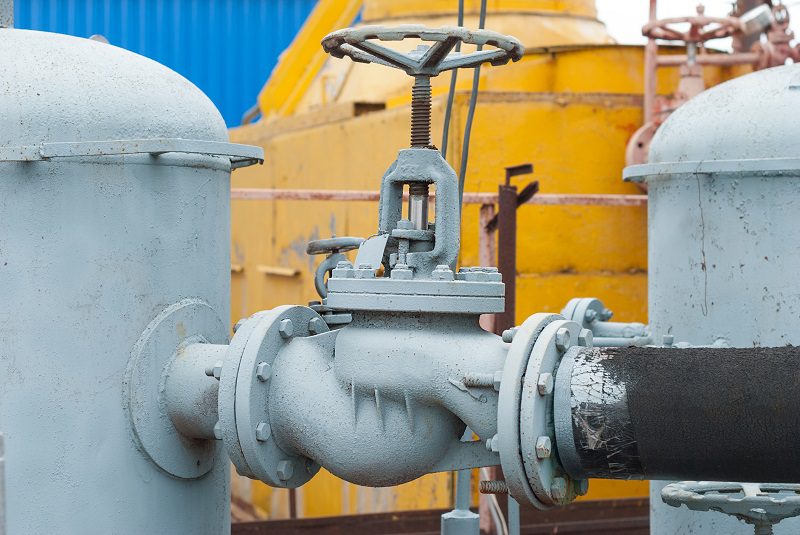Insurer must defend negligence case, despite pollution exclusion

Canada’s top court has essentially confirmed that an insurer’s duty to defend in a commercial insurance case involving a pollution exclusion will depend on the cause of the legal action.
In refusing to hear an appeal by The Co-operators, the Supreme Court of Canada has effectively upheld an Ontario Court for Appeal decision that requires the insurer to defend a negligence action launched against the estate of a contractor who died when he opened a valve that released pressurized ammonia.
The chemical release caused extensive damage to the commercial building.
As is customary, the Supreme Court did not provide reasons for its decisions to refuse leaves to appeal.
Court documents show that in 2015, Rich Products retained Wear-Check, a company specializing in equipment oil and filter analysis, to sample and analyze the mechanical and refrigeration systems at its processing facility. Wear-Check subcontracted with John Hemlow to carry out the sampling and analysis work.
During the course of his work, Hemlow opened a valve to a pipe containing pressurized ammonia. The resulting ammonia exposure killed Hemlow and caused significant damage to the Rich Products property.
Rich Products sued Wear-Check and the Estate of John Hemlow for negligence, nuisance, and breach of contract.
The Co-operators argued it shouldn’t have to defend the Hemlow Estate against Rich Products’ negligence claim because of a “Total Pollution Exclusion” in its policy. (The facts alleged in the main negligence action have not been decided by a court.)
The total pollution exclusion states the insurer would not pay for any “‘bodily injury’ or ‘property damage’ or ‘personal injury’ arising out of the actual, alleged, potential or threatened spill discharge, emission, dispersal, seepage, leakage, migration, release or escape of ‘pollutants.’”
In a different part of the policy, the word ‘pollutants’ is defined as: “any solid, liquid, gaseous or thermal irritant or contaminant including smoke, odours, vapour, soot, fumes, acids, alkalis, chemicals and waste.”
But Ontario’s Court for Appeal suggests the pollution exclusion in the Co-operators’ Commercial General Liability (CGL) policy applies only in cases where the cause of action is related to pollution discharge. For example, it would not apply in a cause of action based in negligence.
“It is [Hemlow’s] alleged negligence that is at the core of the claim pleaded by Rich Products,” the Appeal Court ruled. “A claim arising from negligence is precisely the type of claim for which parties obtain CGL policies. It is the type of risk that Mr. Hemlow sought coverage for.
“The fact that the damage-causing substance was a pollutant does not change the nature of the claim [i.e. a negligence claim]. It also must not be allowed to distract from the proper interpretation of the CGL policy nor obscure or distort the conclusion as to whether a duty to defend arises.”
In making this distinction, the court found the duty to defend in cases involving a pollution exclusion would depend on the type of legal action. For example, the duty to defend might apply in cases where the cause of action involved pollution of the natural environment.
“Such a claim fits entirely within the historical purpose of the pollution exclusion, which [is] ‘to preclude coverage for the cost of government-mandated environmental cleanup under existing and emerging legislation making polluters responsible for damage to the natural environment,’” the court ruled.
Feature image courtesy of iStock.com/Dibas



